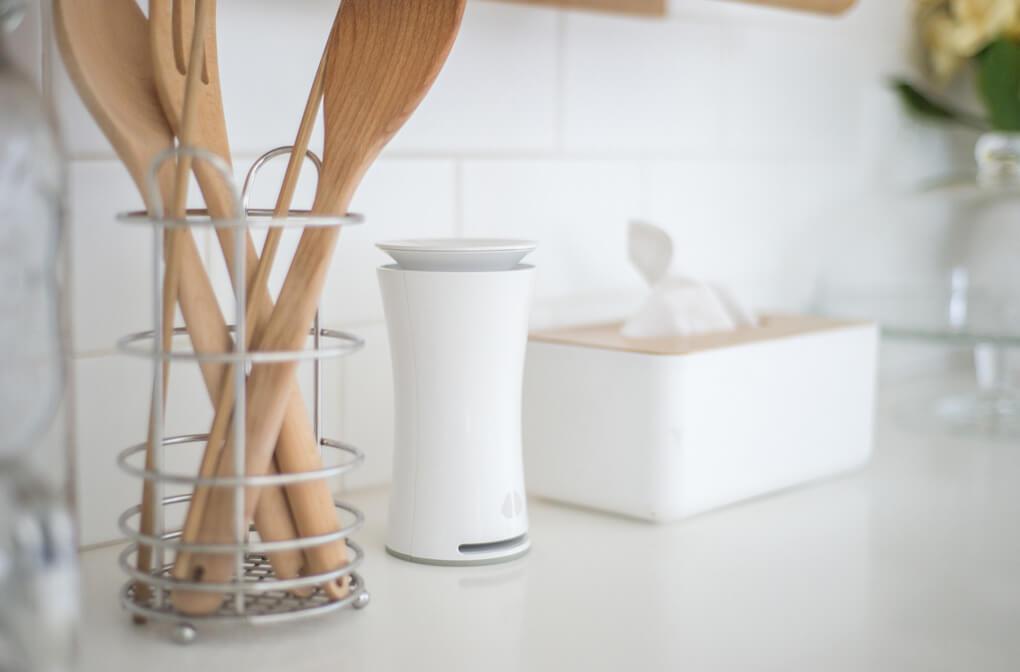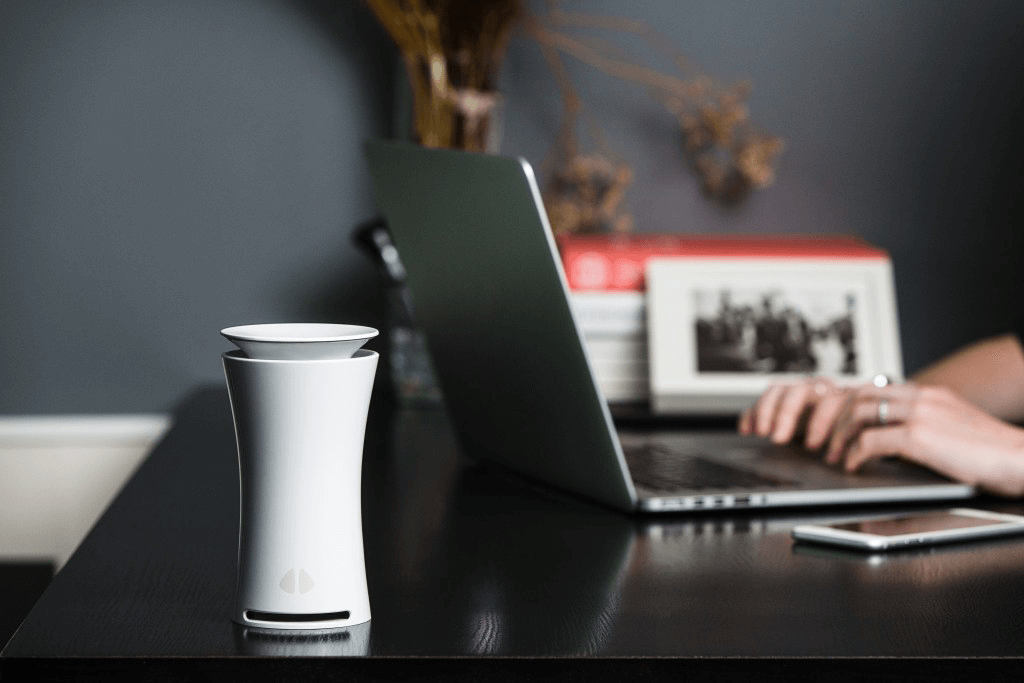We’ve all heard about air pollution. It’s awful, it’s everywhere and we try to stay out of it as much as possible. We tell our kids to stay away from the road and smoke-belching vehicles. We visualize air pollution as smoke, smog, and anything that seems to ‘color the air’ outside.
What we don’t know is that air pollution outside could be as harmful to the air inside our homes.
Indoor air pollution is real.
From the paint used on our walls to the volatile chemicals in the fragrances we use to spray our kitchens or bathrooms, the air in our homes may very well be polluted.

Every parent knows this – the all-too-familiar early warning signs of a sickness coming, sniffles, coughs and a scratchy throat. If you noticed that a lot of your family members are feeling under the weather lately, it’s probably high time to check what you can’t immediately see, the air in your home.
Like the regular trips we take our kids to the doctor, our homes also need to be checked every so often. Having good air inside our homes factor in our family’s overall well being.
Before you go and call the first service that pops into your results page, we went ahead and done the work for you.
Questions You Need to Ask to Asses Your Home Air Quality
Check: Your Family
Look around you – does anyone in the family suffer chronic symptoms of allergies such as stuffy nose, watery eyes, or a cough? If any of your family members feel under the weather all the time, maybe it’s time to asses the home.

Check: Your Home
Just like a sick person, a sick home would manifest its symptoms. Be on the lookout for moisture on surfaces such as windows and walls. Pay attention to the smell and feel of the house – is the air stale or is there any musty odor in any of the rooms?

Check: Your Pets
Pets are also a source of indoor pollution. Pet dander is one of the most common triggers for allergy. These airborne particles get into the lungs and can cause breathing problems just like any particulate matter.
Here’s an Indoor Air Quality Checklist. Have a go and see how your house fares.
Indoor Air Quality Checklist.
How many have you checked? Maybe it’s about time to have your air measured.
“You can’t control what you can’t measure” – Tom DeMarco

Stay Ahead with a Smart Air Quality Monitors
Remember, we take 200,000 breaths each day. Unless we have a problem, we don’t think about the air we or our family is breathing in, and how that may affect our bodies.
Here are a few things to consider why our air needs to be measured:
- The air indoors is 2 to 5 times worse than outdoors (EPA)
- Air quality is the single biggest environmental hazard in the world (WHO)
- 1 in 12 children and 1 in 14 adults in the US have asthma (CDC)
- 72% of toxic chemicals are indoors (UL)
- 50% of our nation’s 115,000 schools have problems linked to indoor air quality (EPA)
- 213 million workdays lost in the US due to poor indoor air quality (ASHRAE)
Fighting air pollution means understanding the source of it. You can’t prepare for something you don’t know anything about.

Understanding Air Quality Monitors
Before you start losing hope, here’s the good news! Technology has made it more convenient for us to more than just the temperature, we can find out if your home air is healthy and safe. The advent of the internet of things (iot) technology, particularly, iot air quality sensor has made it possible to stay on top of your family’s health. Here’s where an indoor air quality monitor can help you.
Air quality monitors are designed to sit in a common area of the home—like bedrooms, lounge area, and kitchen—constantly monitoring the conditions of the air inside.
The measurements that are taken are then displayed on the screen that’s built into the device itself or on an accompanying mobile app on your smartphone or tablet.

If you’re thinking twice about air quality monitors ruining your decor, don’t worry! These air quality monitoring devices can be placed anywhere and go unnoticed – they’re not any bigger than your cereal boxes. Designed to blend in, these devices can sit on your kitchen counter, a bedroom vanity, or on a small table in your family room.

Even if you’re away, you will get instant notifications about the quality of air that your family breathes in. There are apps that could send you recommendations on what you can do to have better indoor air quality. That is the power of having an IoT air quality sensor in your homes.
Breathing Air That Matters
Similar to food, not everything we eat is good for us. There are smart air quality monitors available in the market that can help you learn and protect your family from allergens and toxins. Products with advanced indoor air quality sensors are those you should invest in.
Monitors with a chemical sensor, dust sensor, and temperature sensors, to name a few, come in handy. Being able to monitor the temperature makes your night’s sleep comfortable and more restful. Did you know that turning off ozone-emitting electronics relieve throat irritation? Also monitoring the carbon monoxide levels increase air circulation to clear our invisible, odorless, and poisonous gas.
How about understanding how air pressure and how it relates to arthritic pain and triggering headaches? Or being able to point out what particulate matter is present inside your home before sensitive allergies break out or infections occur?
Information like those above are definitely helpful and makes you aware of what you are breathing to help you make healthier choices for you and your family.







